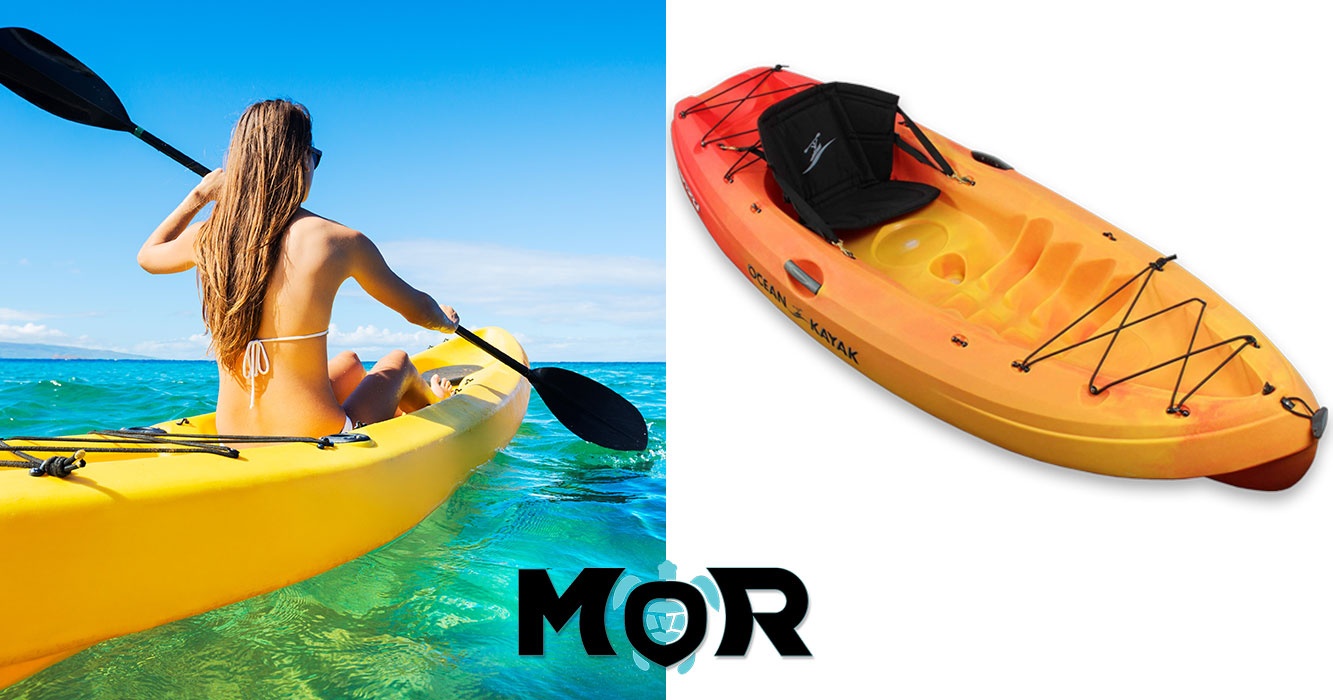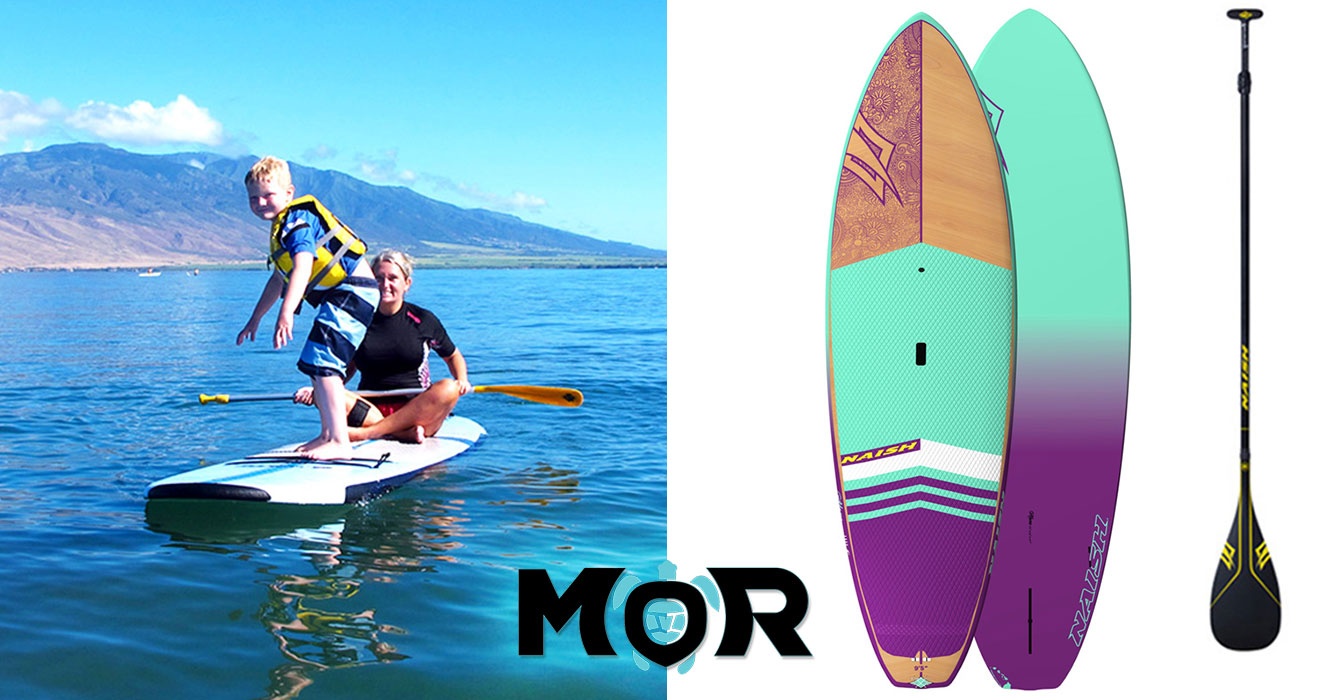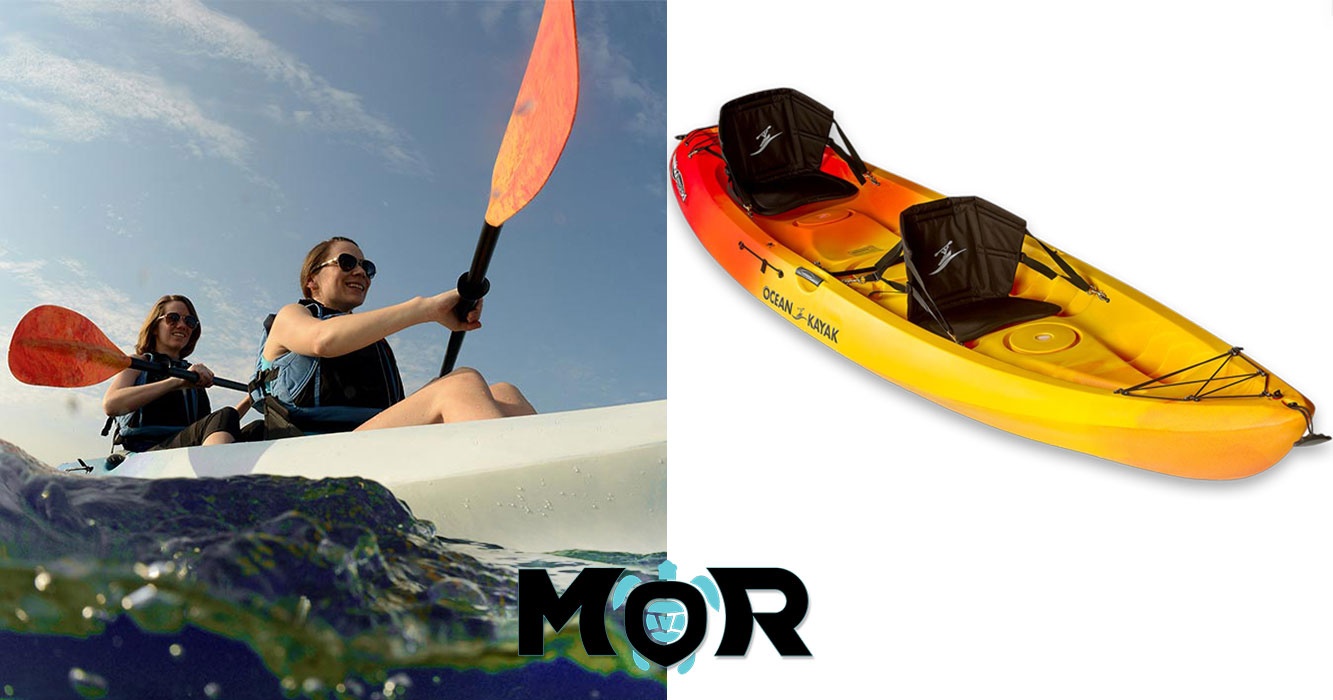
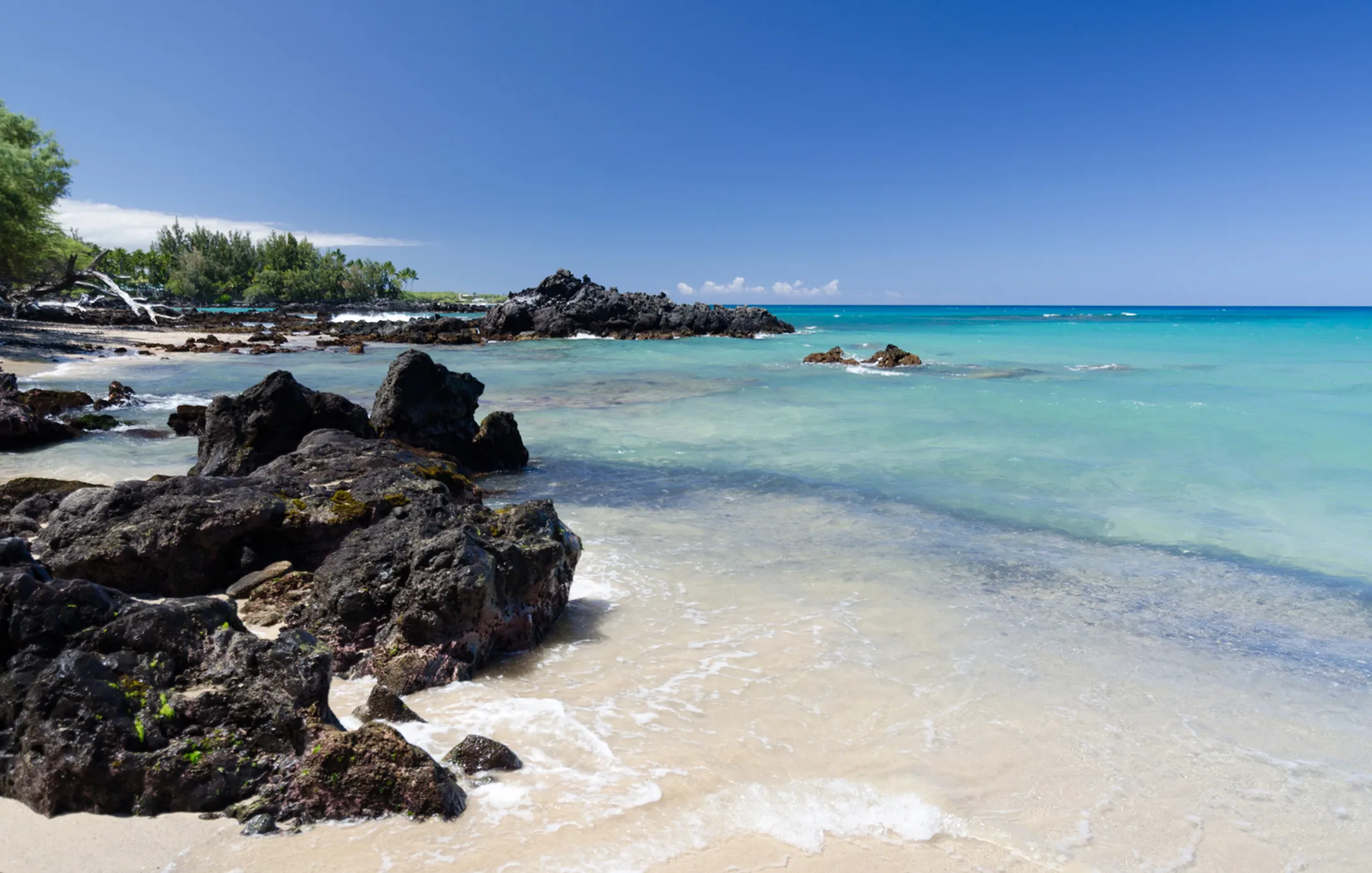
Waialea Bay Snorkeling Guide
The Snorkeler's Map to Marine Life Conservation District
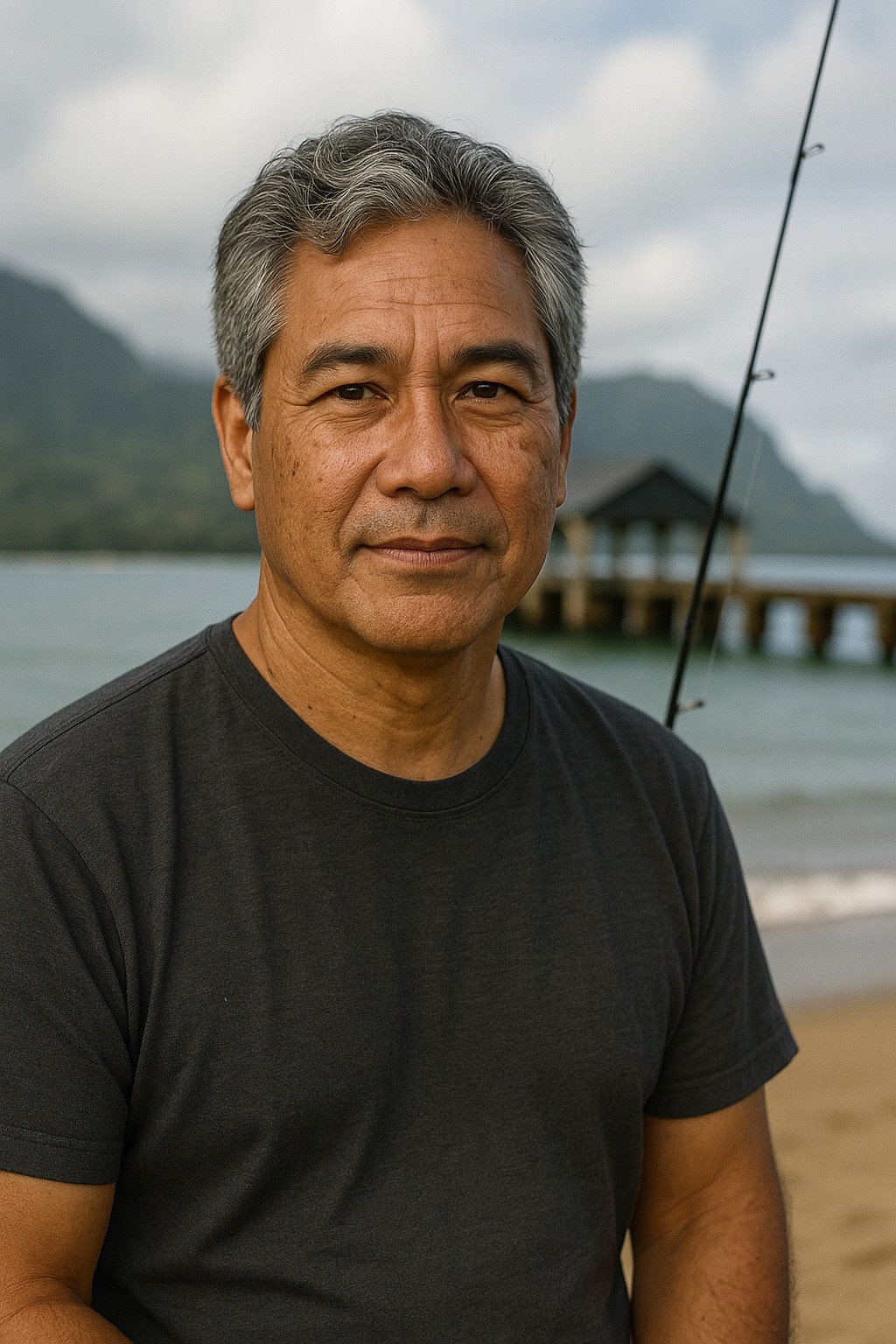
Written by a Local Expert
Kalani MillerThe Snorkeler's Map to Waialea Bay Marine Life Conservation District
One of the biggest draws of Waialea Bay is its incredible underwater world, and the protected status of this area makes it one of the most rewarding snorkeling destinations on the entire Kohala Coast. In 1985, the bay was designated a Marine Life Conservation District (MLCD), a protected status designed to conserve and replenish the area's rich marine resources.
The MLCD status means that fishing is strictly regulated, with many areas completely off-limits to fishing, and taking any coral, rock, sand, or marine life is illegal. These restrictions have allowed the ecosystem to recover and thrive in ways that are immediately apparent to anyone who spends time underwater here. The fish are more abundant, the coral is healthier and more diverse, and the overall ecosystem shows the kind of balance and vitality that comes from careful protection and management.
The result is one of the most vibrant and diverse snorkeling spots on the Kohala Coast, rivaling much more famous destinations like Kealakekua Bay but with easier access and less crowding. The protected status, combined with the bay's natural geography, creates conditions that support an incredible variety of marine life in a relatively compact area.
Snorkeler's Prep & Safety
Before you even dip a fin in the water, a little preparation goes a long way toward ensuring both your safety and your enjoyment of this incredible ecosystem. The ocean conditions at Waialea can change quickly, and being prepared means being able to adapt to whatever conditions you encounter.
⏰ Timing is Everything
The best visibility is almost always in the early morning, typically before 10 AM, before the afternoon trade winds pick up and stir the water. I always try to be in the water before 10 AM.
🦶 Watch for Sea Urchins
Always choose a sandy entry point and scan the bottom before you commit. The rocky areas are often home to sea urchins (wana), which you definitely want to avoid stepping on.
🧴 Reef-Safe Sunscreen
Use only reef-safe sunscreen with zinc oxide or titanium dioxide. Apply it at least 30 minutes before entering the water. Consider physical protection like rash guards whenever possible.
🌊 Trust Your Instincts
Follow the golden rule of island water safety: "When in doubt, don't go out." It's better to spend the day enjoying the beach from shore than to risk your safety in challenging conditions.
🗺️ Snorkel Routes
- Southern Route: Coral Gardens
- Central Route: Rock Cathedrals
- Northern Route: Exposed Point
- Best for Beginners: Southern Route
🐠 Marine Life Highlights
- Yellow Tang (Lau'īpala)
- Green Sea Turtle (Honu)
- Reef Triggerfish (State Fish)
- Raccoon Butterflyfish
- Moorish Idol (Kihikihi)
⚠️ Safety Reminders
- No lifeguards on duty
- Conditions change quickly
- Don't touch marine life
- Stay 10 ft from turtles
Three Distinct Snorkeling Routes
🌺 The Southern Route (Left Side): The Coral Gardens
When you walk onto the beach from the main path, the area to your left, or the southern end of the bay, is consistently cited by both locals and marine biologists as the premier snorkeling spot in the entire bay. This side of the bay is generally more protected from swells and currents, and it boasts the healthiest and most extensive coral communities in the entire MLCD.
To explore this route, find a sandy entry point and swim out towards the left, following the rocky coastline but staying in water that's deep enough to avoid disturbing the bottom with your fins. The ocean floor here drops off gradually to depths ranging from about 10 to 30 feet, which is perfect for snorkeling and allows you to choose your comfort level based on your experience and abilities.
Best For:
- • Beginners and families
- • Most vibrant coral formations
- • High diversity of tropical fish
- • Green sea turtle encounters
🏛️ The Central Route: The Rock Cathedrals
In the middle of the bay, you'll see several large rock formations breaking the surface of the water, standing like ancient sentinels in the turquoise sea. These aren't just obstacles to swim around—they are underwater cathedrals of rock, offering a completely different snorkeling experience from the coral gardens to the south.
Swimming out to and around these central rocks is a favorite route for many experienced snorkelers, including myself. The water depth here is typically around 10 to 15 feet, allowing you to get a great view of both the geological structure and the fish that call it home. It feels like you're exploring a submerged, ancient city, with hidden passages and secret chambers carved into the rock by centuries of wave action.
Best For:
- • Intermediate snorkelers
- • Unique geological formations
- • Rocky habitat fish species
- • Cleaning stations for large marine life
⚡ The Northern Route (Right Side): The Exposed Point
The northern end of the bay, to the right of the main entrance, offers the most adventurous snorkeling experience at Waialea. This rocky point is more exposed to the open ocean, which means it can be rougher and more challenging, but it also means it attracts marine life that you won't see in the more protected areas of the bay.
If conditions permit and you have the experience to handle them safely, you'll be rewarded with some of the most interesting underwater landscapes in the entire bay. The northern point features spur-and-groove formations—ridges of coral and rock separated by sandy channels—that create a complex underwater topography that supports diverse marine communities.
Best For:
- • Experienced snorkelers only
- • Larger pelagic fish species
- • Underwater photography
- • Sense of exploration and discovery
Kalani's Waialea Bay Marine Life Checklist
To help you identify what you're seeing and to enhance your appreciation of this incredible ecosystem, here is my personal checklist of the marine life you're most likely to encounter in Waialea Bay. This checklist is based on my own observations over more than two decades of snorkeling and diving in these waters, combined with data from marine biologists who study the MLCD.
Fish You'll Definitely See
Yellow Tang (Lau'īpala)
You literally cannot miss these brilliant yellow fish if you spend any time snorkeling at Waialea. They travel in large schools, sometimes numbering in the hundreds, and create moving carpets of gold across the reef. Most active in the morning and late afternoon.
Reef Triggerfish (Humuhumunukunukuāpuaʻa)
Our state fish! These beautiful, distinctive fish are common throughout the bay but can be shy around snorkelers. They have a diamond-shaped body with intricate patterns and a distinctive trigger-like dorsal fin.
Raccoon Butterflyfish (Kīkākapu)
Among the most photogenic fish in the bay, easy to spot with their distinctive black 'mask' around their eyes and yellow and white striped bodies. Almost always found in pairs and relatively unafraid of snorkelers.
Moorish Idol (Kihikihi)
Elegant and beautiful, with their distinctive black and white stripes and long trailing dorsal fin that flows like a banner in the current. Often seen gliding gracefully near the central rock formations. Considered one of the most beautiful fish in Hawaiian waters.
Sea Turtles and Marine Reptiles
Green Sea Turtle (Honu)
Seeing a Honu is always a blessing and a highlight of any snorkeling experience at Waialea. These magnificent creatures can grow to over 300 pounds and live for more than 80 years. Your best chance of encountering them is on the Southern Route, where they sometimes rest on the bottom or feed on algae growing on rocks and coral.
Important: Green sea turtles are protected by both state and federal law. Give them plenty of space—at least 10 feet in the water and 20 feet on land. Never attempt to touch, ride, or feed a sea turtle.
Less Common but Special Encounters
Octopus (He'e)
The Hawaiian day octopus is occasionally spotted at Waialea, usually in rocky areas where they hunt for crabs and small fish. Masters of camouflage and can change both their color and texture to match their surroundings.
White-tip Reef Shark
While not common in the shallow areas where most snorkeling occurs, white-tip reef sharks are occasionally spotted in the deeper areas around the northern point. These small, harmless sharks are actually a sign of a healthy reef ecosystem.
Eagle Ray
Very occasionally, spotted eagle rays cruise through the bay in the deeper areas. These graceful creatures can have wingspans of up to six feet and are unmistakable with their spotted pattern and long, whip-like tail. Sightings are rare but unforgettable.
